Happy Spicy and Tasty Diwali 2011
Wish you all a very Happy and Prosperous Diwali. This diwali is special for us because we are celebrating it with our little one Vinay. This year I’ve made lot of savories and sweets for Diwali. Obviously I didn’t make everything by myself my mother-in-law is here visting us so she helped me a lot. And for the past couple of weeks we (arthi, nithu & shriya) were doing a marathon Diwali recipes in spicytasty. I am sure you all made some delicious sweets and snacks for Diwali too.
Thank you for all your encouragement. Spicytasty is sparkling with a new look this Diwali. WE hope you like it and we look forward to your continue love ands upport. Don’t forget to check our recent Diwali recipes.
From wikipedia:
Deepavali is an important five-day festival in Hinduism, Sikhism, and Jainism, occurring between mid-October and mid-November. For Hindus, Diwali is the most important festival of the year and is celebrated in families by performing traditional activities together in their homes.Diwali involves the lighting of small clay lamps (diyas) (or Deep in Sanskrit: ???) filled with oil to signify the triumph of good over evil. During Diwali, all the celebrants wear new clothes and share sweets and snacks with family members and friends.
Deepavali celebrations are spread over five days.[8] All the days except Diwali are named according to their designation in the Hindu calendar. The days are:
1.Vasu Baras (27 Ashvin or 12 Krishna Paksha Ashvin): Baras means the 12th day and vasu means cow. On this day the cow and calf are worshiped.
2.Dhanatrayodashi or Dhan teras or Dhanwantari Triodasi’[9] (28 Ashvin or 13 Krishna Paksha Ashvin): Dhan means wealth and Trayodashi means 13th day. This day falls on the 13th day of the second half of the lunar month. It is considered an auspicious day for buying utensils and gold.
3. Naraka Chaturdashi (29 Ashvin or 14 Krishna Paksha Ashvin):Chaturdashi is the 14th day on which the demon Narakasura was killed by Krishna – an incarnation of Vishnu. It signifies the victory of good over evil and light over darkness (Gujarati: Kali Chaudas, Rajasthan : Roop Chaudas). In southern India, this is the actual day of festivities. Hindus wake up before dawn, have a fragrant oil bath and dress in new clothes. They light small lamps all around the house and draw elaborate kolams /rangolis outside their homes. As this is a day of rejoicing, many will have very elaborate breakfasts and lunches and meet family and friends.
4.Lakshmi Puja (30 Ashvin or 15 Krishna Paksha Ashvin): Lakshmi Puja marks the most important day of Diwali celebrations in North India. Hindu homes worship Lakshmi, the goddess of wealth, and Ganesh, the God of auspicious beginnings, and then light lamps in the streets and homes to welcome prosperity and well-being.
5. Bali Pratipada and Govardhan Puja (1 Kartika or 1 Shukla Paksha Kartika) : In North India, this day is celebrated as Govardhan Puja, also called Annakut, and is celebrated as the day Krishna – an incarnation of god Vishnu – defeated Indra and by the lifting of Govardhana hill to save his kinsmen and cattle from rain and floods.
6. Bhaiduj (also Bhayyaduj, Bhaubeej or Bhayitika) (2 Kartika or 2 Shukla Paksha Kartika): on this day, brothers and sisters meet to express love and affection for each other (Gujarati: Bhai Bij, Bengali: Bhai Phota). It is based on a story when Yama, lord of Death, visited his sister Yami. Yami welcomed Yama with an Aarti and they had a feast together. Yama gave a gift to Yami while leaving as a token of his appreciation. So, the day is also called ‘YAM DWITIYA’.

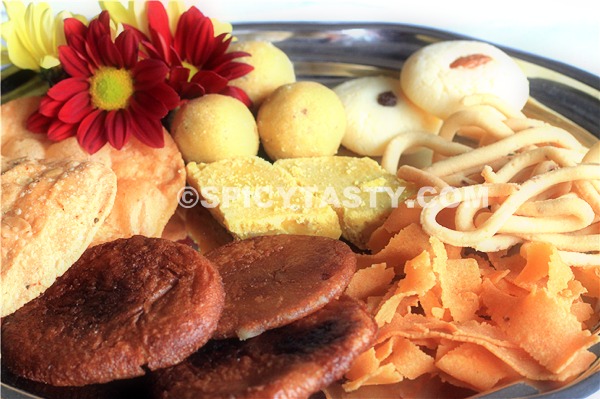

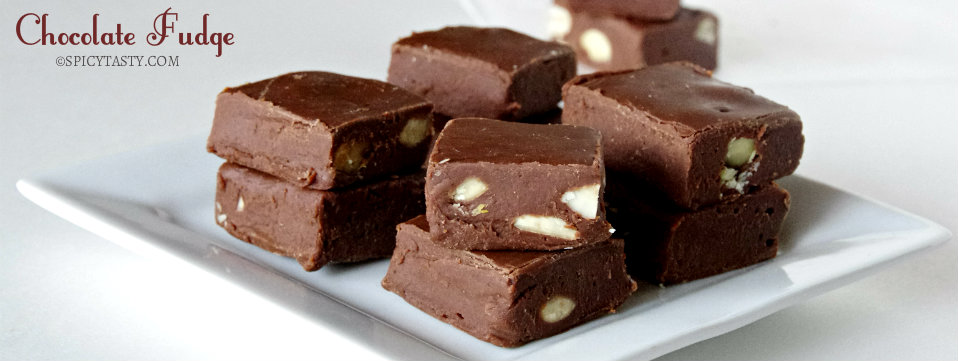


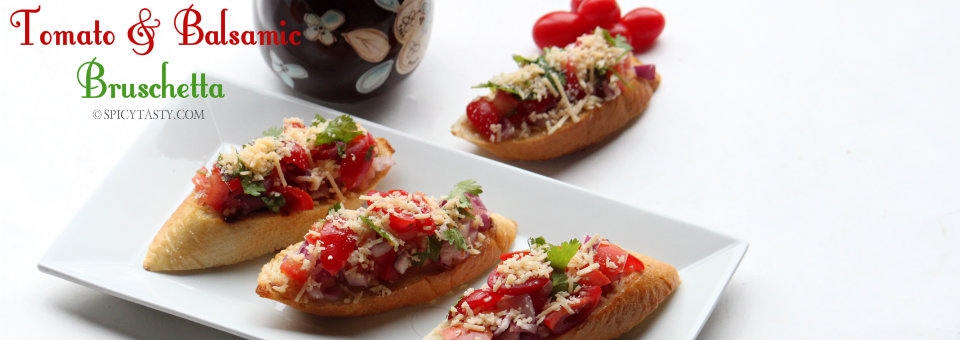
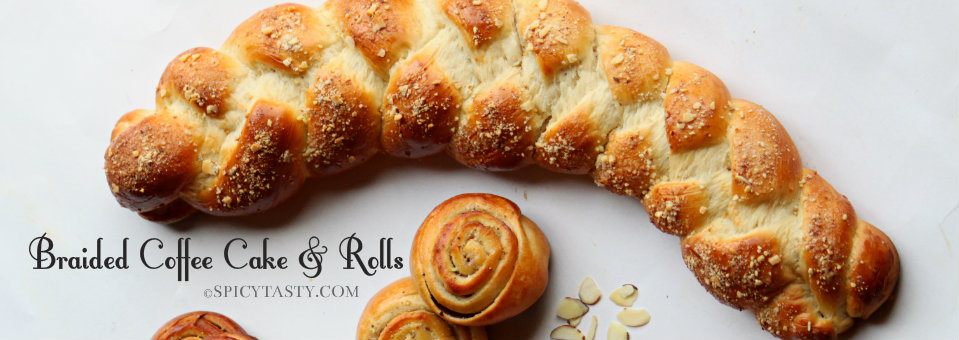

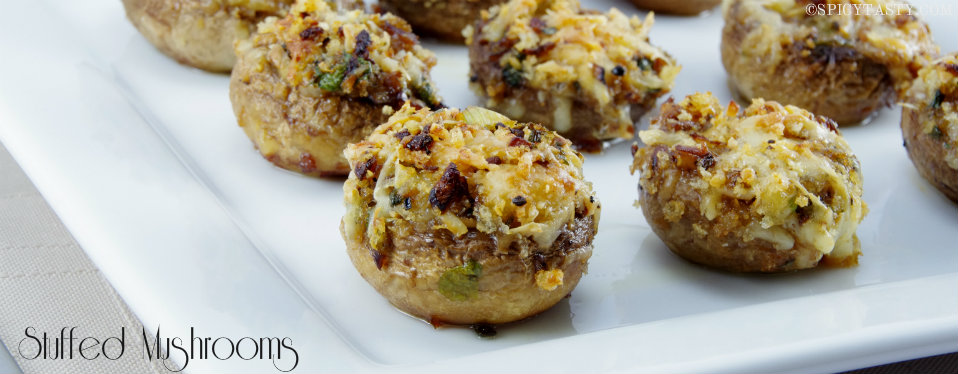
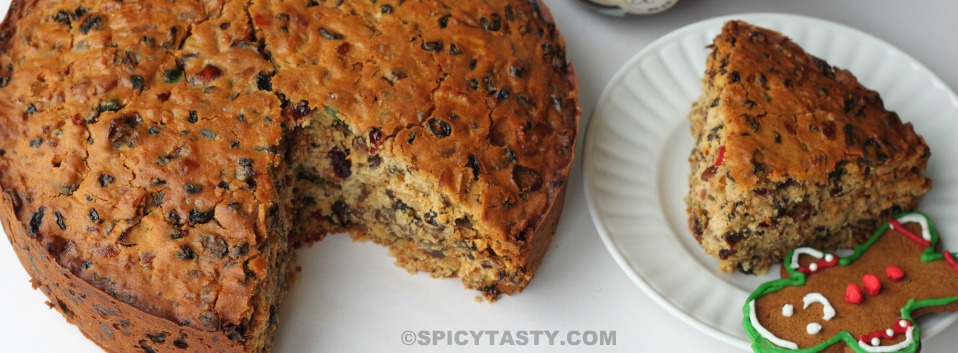






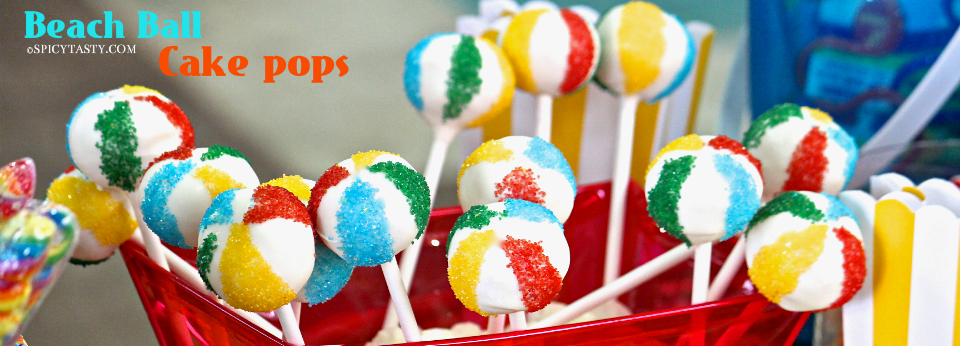
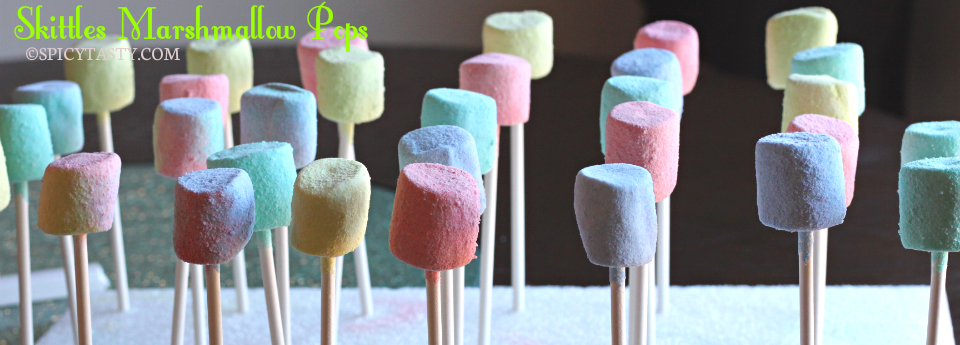

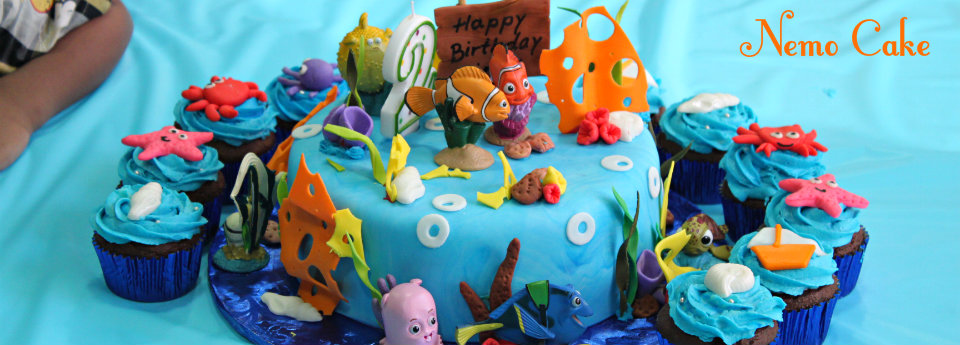

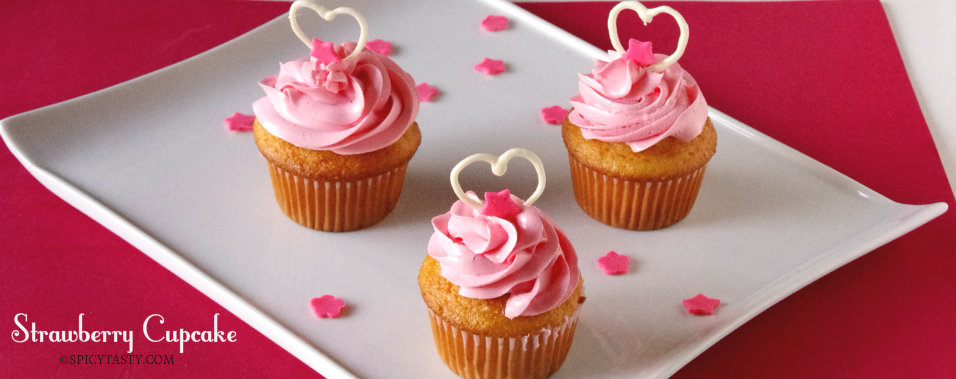














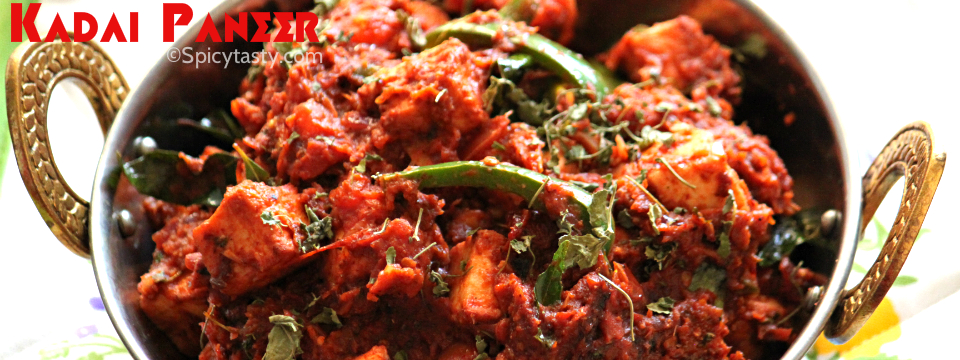
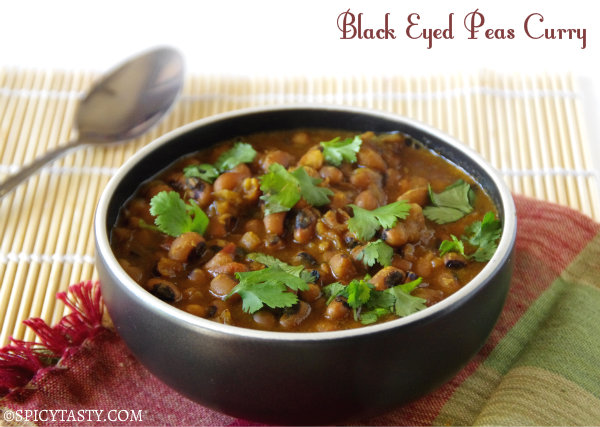

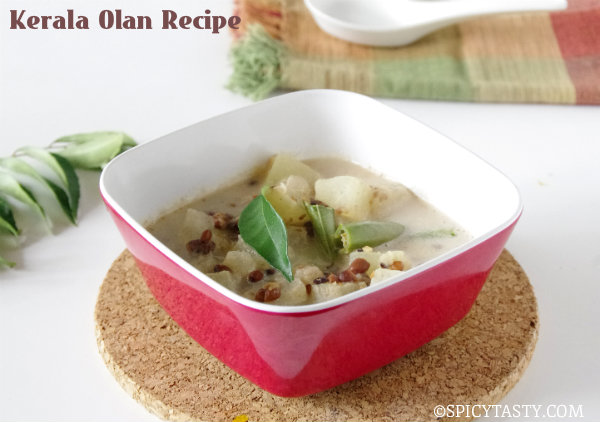
Wishing you and your family a very Happy Diwali.